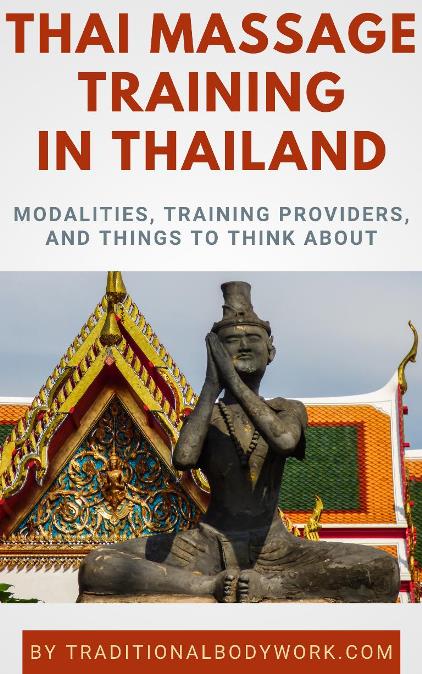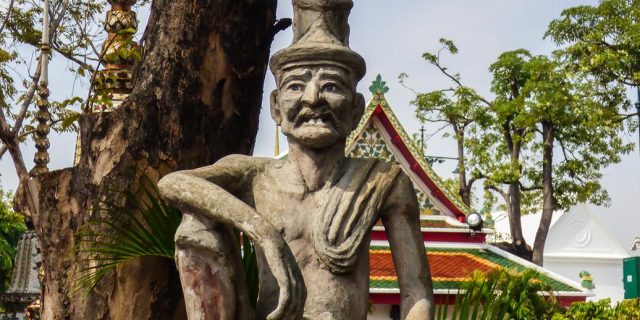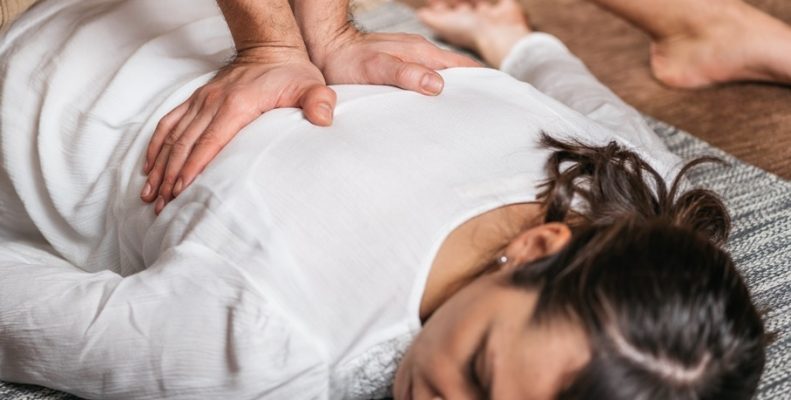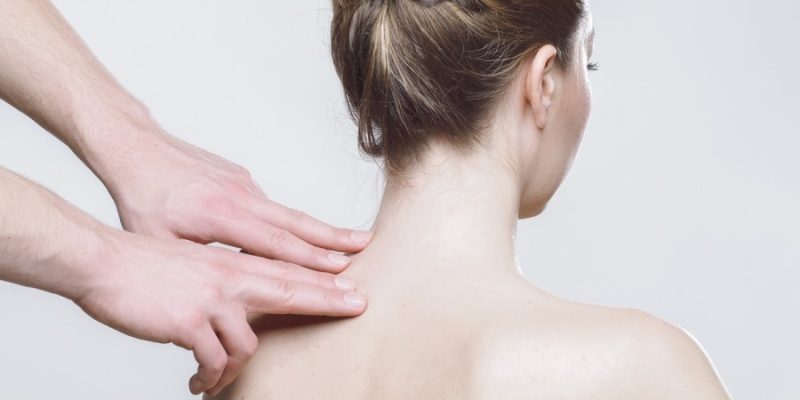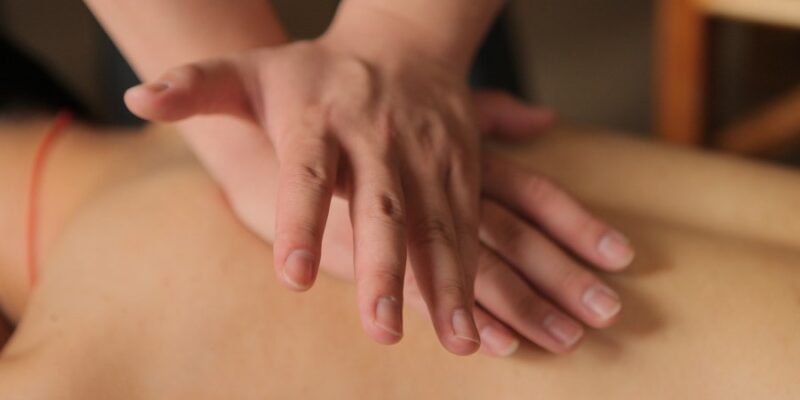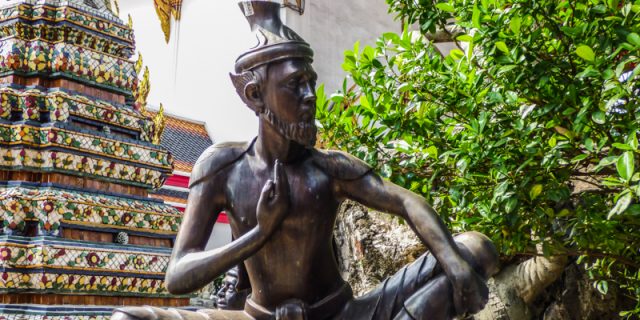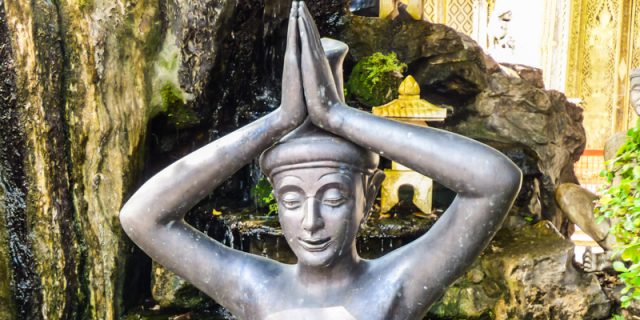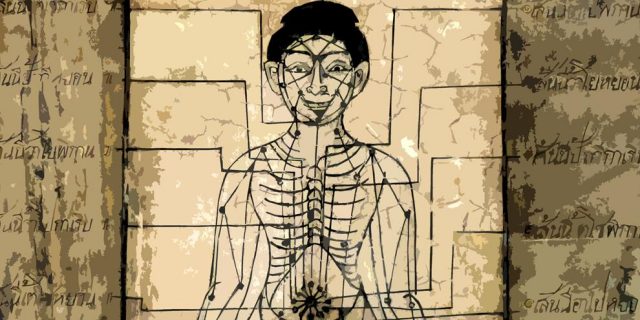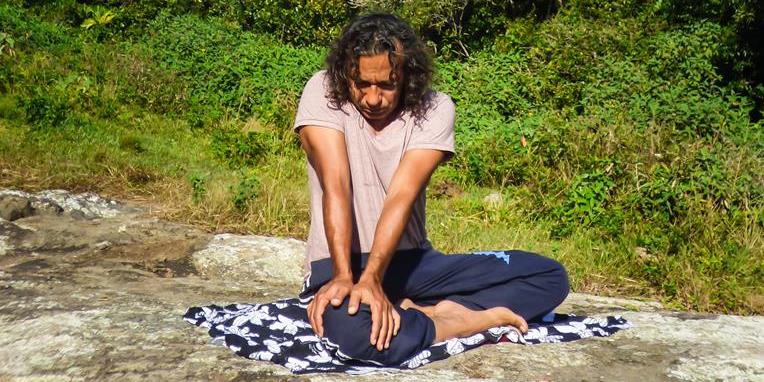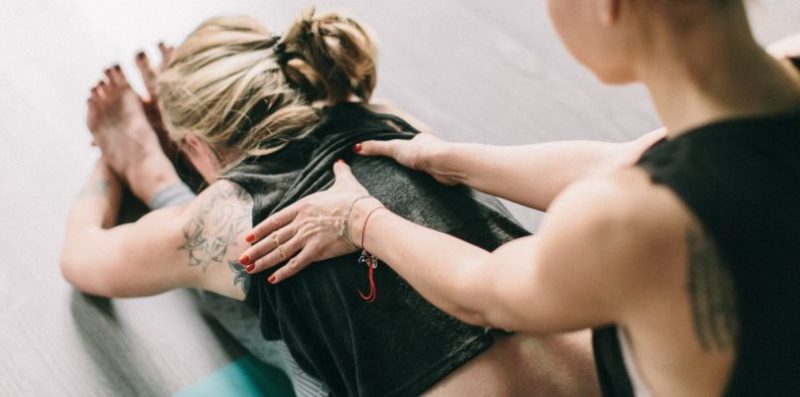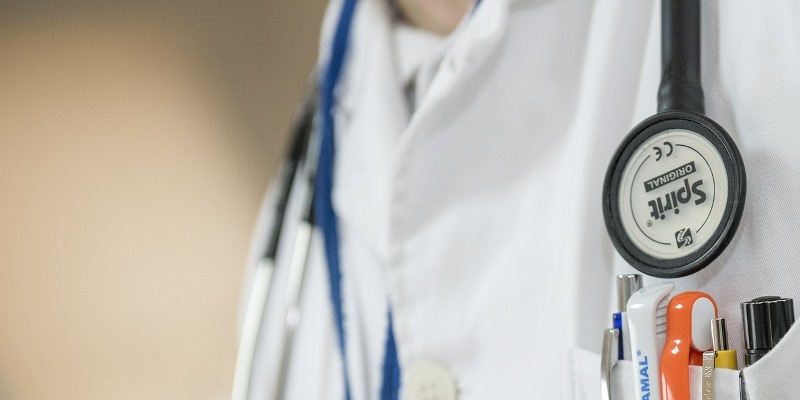
Thai Traditional Massage (TTM) is part of the bigger family of Thai Traditional Medicine and in Thailand a very much used remedy for a broad range of discomforts, ailments, illnesses and disorders, both as preventative and curative alternative or complementary healing medicine. Moreover, TTM is officially part of the primary healthcare system of Thailand.
Of course, in our time and age we want scientific evidence (that is, systematic and methodical proofs) for any claims made in whatever realm of human activities and endeavors. Additionally, being an intrinsic part of modern science methodologies, results need to be repeatable.

For most Thai Massage practitioners, therapists, and teachers, research on the effects of Thai Massage is perhaps somewhat hilarious, taking into consideration that every single client i.e. patient is a unique person with a unique set of characteristics and symptoms, thus subsequently approached differently — and holistically — which for therapists implicitly means that both treatments and results will most likely vary.
What is more — how to exactly repeat a Thai Massage session i.e. treatment? How to exactly redo a certain technique in the exact same manner on another client that has a different constitution? In other words, keeping the testing and treatment conditions consistent and uniform will be very difficult.
Having said that about it, it’s still very interesting to read the reports on a variety of research and trials done in Thailand on the effects of Thai Traditional Massage. Note that the articles listed here only address research done in Thailand; there are also tests done in a variety of other countries, which we don’t mention here.
Below a (small) selection of published research articles with links to the original report. There are many more to be found about Thai Massage on, for instance, ResearchGate, the US National Library of Medicine National Institutes of Health and Academia.
The Effectiveness of Thai Massage and Joint Mobilization
Purpose and Setting
The trial compared the effectiveness between traditional Thai massage and joint mobilization for treating nonspecific LBP (Low Back Pain). Some associated factors were included.
Conclusion
The Thai traditional massage and joint mobilization used in the study were likewise effective for short-term reduction of pain and disability in patients with chronic nonspecific LBP. Both techniques were safe with short term effect in a chosen group of patients.
Source
The Effectiveness of Thai Massage and Joint Mobilization
Research by: Orthopedic Outpatient Department, Lerdsin General Hospital, Bangkok, Thailand.
Published: June 2017
The efficacy of traditional Thai massage for the treatment of chronic pain: A systematic review
Purpose
The purpose of this paper is to provide a systematic review of the research about the effects of Traditional Thai Massage (TTM) on pain intensity and other important outcomes in individuals with chronic pain.
Conclusion
Six research articles met the inclusion criteria. All of the studies found a pre- to post-treatment pain reductions, varying from 25% to 80% and was also associated with improvements in disability, perceived muscle tension, flexibility and anxiety. The TTM benefits of pain reduction appear to maintain for up to 15 weeks. Additional research is needed to identify the moderators, mediators and to determine the long-term benefits of TTM relative to control conditions.
Source
The efficacy of traditional Thai massage for the treatment of chronic pain: A systematic review
Research by: Khon Kean University, Thailand & University of Washington, Seattle, USA.
Published: February 2015
Possible Role of Court-Type Thai Traditional Massage During Parturition: a Randomized Controlled Trial.
Purpose
Court-type Thai Traditional Massage applied during intrapartum may have some benefits other than pain relief. This study aimed to evaluate the effect of this type of Thai Massage during the first and second stage of labor, as well as pain alleviation in the first stage.
Conclusion
One hour of Court-type Thai Traditional Massage can significantly decrease the duration of the first and second stages of labor. The pain score recorded is not statistically different between the groups.
Source
Possible Role of Court-Type Thai Traditional Massage During Parturition: a Randomized Controlled Trial.
Research by: Prapokklao Hospital, Chanthaburi, Thailand & Prapokklao Nursing College, Chanthaburi, Thailand.
Published: March 2019
Therapeutic effects of traditional Thai massage on pain, muscle tension and anxiety in patients with Scapulocostal Syndrome.
Purpose
Investigate the therapeutic effects of Traditional Thai Massage (TTM) on pain intensity, pressure pain threshold (PPT), muscle tension and anxiety associated with Scapulocostal Syndrome (SCS).
Conclusion
The results of the investigation suggest that TTM could be an alternative treatment for a patient with Scapulocostal Syndrome (SCS).
Source
Therapeutic effects of traditional Thai massage on pain, muscle tension and anxiety in patients with Scapulocostal Syndrome: a randomized single-blinded pilot study.
Research by: Khon Kaen University, Khon Kaen, Thailand.
Published: January 2012
Effects of Thai massage on physical fitness in soccer players.
Purpose
The aim of this study was to determine the effects of Thai massage on physical fitness in soccer players.
Conclusion
All the physical fitness tests were significantly improved after a single session of Thai Massage, whereas only the sit and reach, and the sit-ups tests were improved in the control group. Thai Massage could provide an improvement in physical performance in soccer players.
Source
Effects of Thai massage on physical fitness in soccer players.
Research by: Khon Kaen University, Khon Kaen, Thailand.
Published: February 2015
Effects of Thai traditional massage on pressure pain threshold and headache intensity in patients with chronic tension-type and migraine headaches.
Purpose
To investigate the effects of Thai Traditional Massage (TTM) on Pressure Pain Threshold (PPT) and headache intensity in patients with chronic tension-type and migraine headaches.
Conclusion
TTM could increase PPT and reduce headache intensity, suggesting that this is a possible alternative treatment for chronic headaches.
Source
Effects of Thai traditional massage on pressure pain threshold and headache intensity in patients with chronic tension-type and migraine headaches.
Research by: Khon Kaen University, Khon Kaen, Thailand.
Published: June 2014
The efficacy of traditional Thai massage in decreasing spasticity in elderly stroke patients.
Purpose
To study the efficacy of traditional Thai massage (TTM) versus conventional physical therapy (PT) programs in treating muscle spasticity, functional ability, anxiety, depression, and quality of life (QoL) in Thai stroke patients.
Conclusion
The preliminary report showed no evidence that TTM differed from the PT program in decreasing spasticity. However, both interventions may relieve spasticity, increase functional ability, and improve QoL after 6 weeks. Only TTM can decrease anxiety and depression scores. Further studies with adequate sample size are necessary.
Source
The efficacy of traditional Thai massage in decreasing spasticity in elderly stroke patients.
Research by: Mahidol University, Bangkok, Thailand.
Published: August 2014


